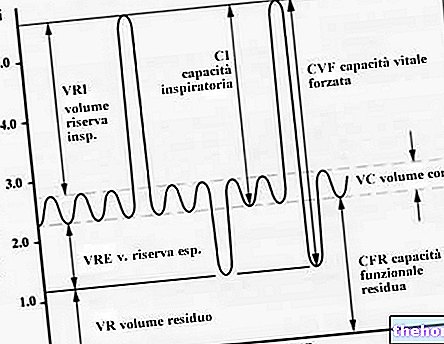Endurance is that physical capacity that allows you to sustain a certain effort for as long as possible. This ability reflects the efficiency of the energy systems involved in the execution of the motor gesture; to be performed, in fact, any movement requires a certain amount of ATP (energy currency of the organism) distributed over a certain period of time. Having more energy available means maintaining the effort for longer without any loss of performance; in a nutshell, energy is synonymous not only with power, but also with endurance. Think, for example, of a marathon runner: he will need a high and constant flow of ATP over a rather long period of time (3-4 h); on the contrary, a centometrist requires a massive amount of ATP in an extremely short time (about 10 seconds). Regarding the latter, we know that after starting from the blocks he reaches the maximum speed within about 40 meters, after which he must try to maintain it up to finish line; it must therefore withstand the effort. This trivial example makes us understand how there are many forms of resistance and consequently various methods to train it.
Types of resistance
Resistance, understood as the ability to prolong a more or less demanding physical activity over time, can involve a small muscle group and its local energy substrates (muscle resistance) or involve important muscle masses and the entire cardio-circulatory and respiratory system ( general resistance).
ability to sustain a general effort, often far from the athletic gesture for which endurance is being trained. The most common example is running.
ability to sustain an effort very close to that of a competition.
General resistance, unlike the special one, is important for everyone, even for those who do not practice physical activity with competitive ambitions (for those who have them, it is the basis on which to build the different types of specific resistance). The human organism, in fact, by its nature needs to move and in this regard there is nothing better than regular physical exercise; if this possibility is denied it, sooner or later, it falls ill.
Two other particular expressions of resistance are resistance to force and resistance to speed.
ability to resist static or dynamic resistance for as long as possible.
ability to sustain a maximal or submaximal speed for relatively long times (8 - 45 seconds).
With respect to maximal strength, strength resistance is closely related to systems of energy production, substrate resentment and metabolite removal (while maximal strength depends above all on muscle and nerve characteristics).
The resistance to speed, which presupposes a good reactive elastic force, is important in the previous example of the sprinter; after 5 or 6 seconds from the start, in fact, he has exhausted the reserves of ATP and phosphocreatine and must therefore rely on the anaerobic lactacid metabolism.
From the metabolic point of view, resistance can be classified in relation to the energy system involved in "carrying out the effort. A" physical activity lasting more than 10 minutes, as a rule, always involves the cardio-respiratory system in an important way, thus constituting an "aerobic activity with consumption of muscle and hepatic glycogen, and fats; on the contrary, short-term activities require anaerobic resistance, in which the availability of glycogen in the muscles and liver, the disposal systems, plays an important role lactic acid and muscle reserves of phosphocreatine.
Other articles on "Physical endurance, types of endurance"
- Aerobic endurance, anaerobic endurance
- Resistance training
- Slow, medium, fast and progressive bottom
- Anaerobic endurance training




























